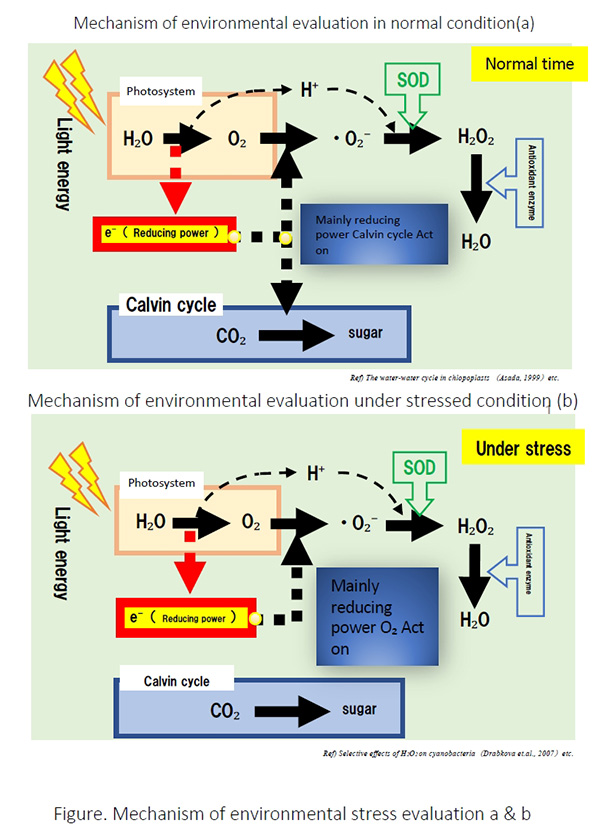Profile

Nationality : Bangladeshi
Keywords : Cyanobacteria, Photoinhibition, Water research, Plant research, Ecology
Research advisor : Prof. Emeritus: Takashi Asaeda & Assoc. Prof. Kiyotaka Fukahori
Why I entered GSC program
I am always interested in learning new things. Research is one type of way where anyone can take this opportunity. I wanted to contribute to environmental issues. This program really offers a wide range of facilities to meet up my choice. I can learn new ideas and implement in the development of environmental science.
Research title
Hydrogen peroxide can be a plausible biomarker in cyanobacterial bloom treatment
Research abstract
Cyanobacteria blooms often produce toxic metabolites and are harmful for other organisms as well as humans. H2O2 is generated photochemically from organic material exposed to UV, and H2O2 distribution was observed in natural lakes. It is biologically produced in cells, exposed to environmental stresses, including metal ion toxicity, salinization, temperature, PAR (Photosynthetically active radiation) conditions, eutrophication, allelopathy, and pathogens. Under a stress environment, endogenous reactive oxygen species (ROS) production, including superoxide, hydroxyl radicals and H2O2 exceeds its scavenging capacity. ROS are important for growth regulation and signaling mechanisms in photosynthetic organisms. Cyanobacteria are sensitive to even a minor change in light intensity as they usually expose relatively weak light, and thus even a moderate solar radiation may cause stress. Excessive solar radiation inhibits the proliferation of cyanobacteria. The shortage of nutrient conditions is also identified as a dominant stressor that suppresses the growth of cyanobacteria. Superoxide dismutase (SOD) catalyzes superoxide radicals into hydrogen peroxide (H2O2), before being detoxified into water by antioxidant activities. The concentration of H2O2 and activity of antioxidant enzymes are some of the biomarkers employed in stress detections; and the role of H2O2, in plants and how they respond to environmental stress has been a focus throughout the literature. suggesting a potential to develop ROS-based strategies for the prediction of cyanobacterial bloom formation and H2O2 concentration. This research was designed to study (1) effects of the PAR regime and nutrient depletion on the stress of cyanobacteria, particularly H2O2 concentration, (2) the combined effects of the PAR regime and nutrient depletion on H2O2 concentration, and (3) the relationship between H2O2 concentration and antioxidant enzyme activities of cyanobacteria, aiming at the possibility of applying H2O2 concentration as a proxy to detect stress intensity in algal management and the contribution rate of biological H2O2 production rate in the treatment.
Graphical abstract




